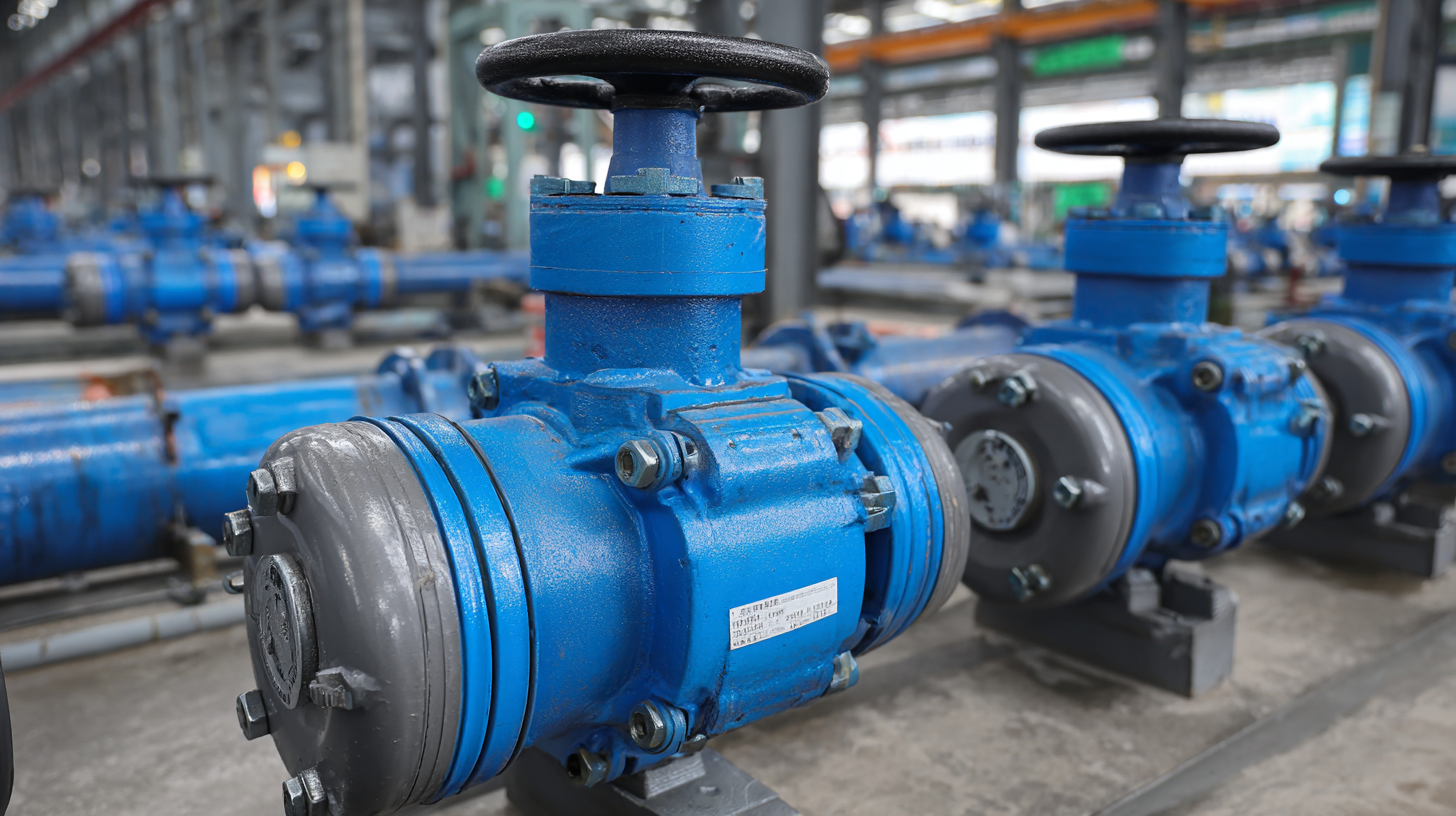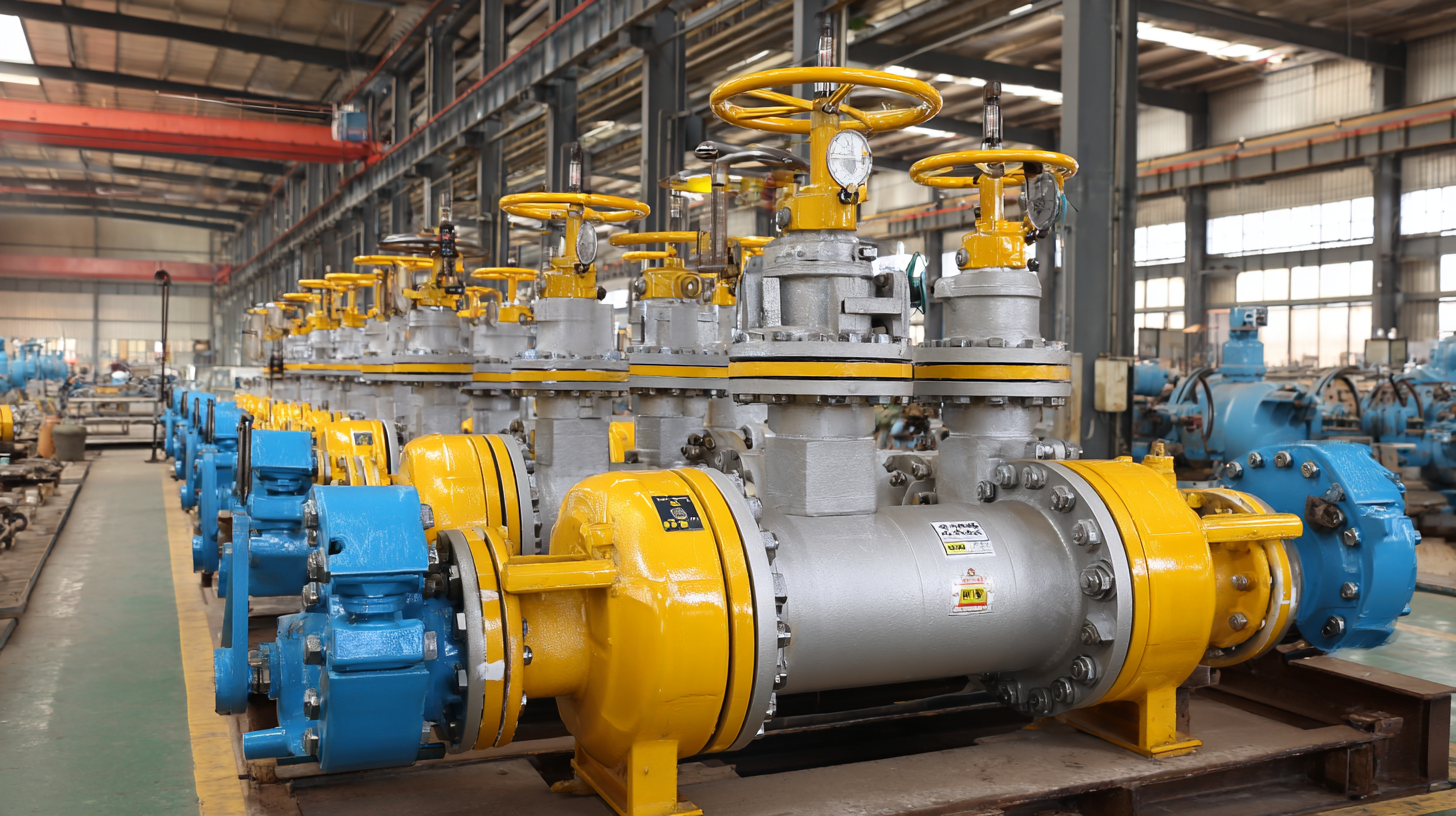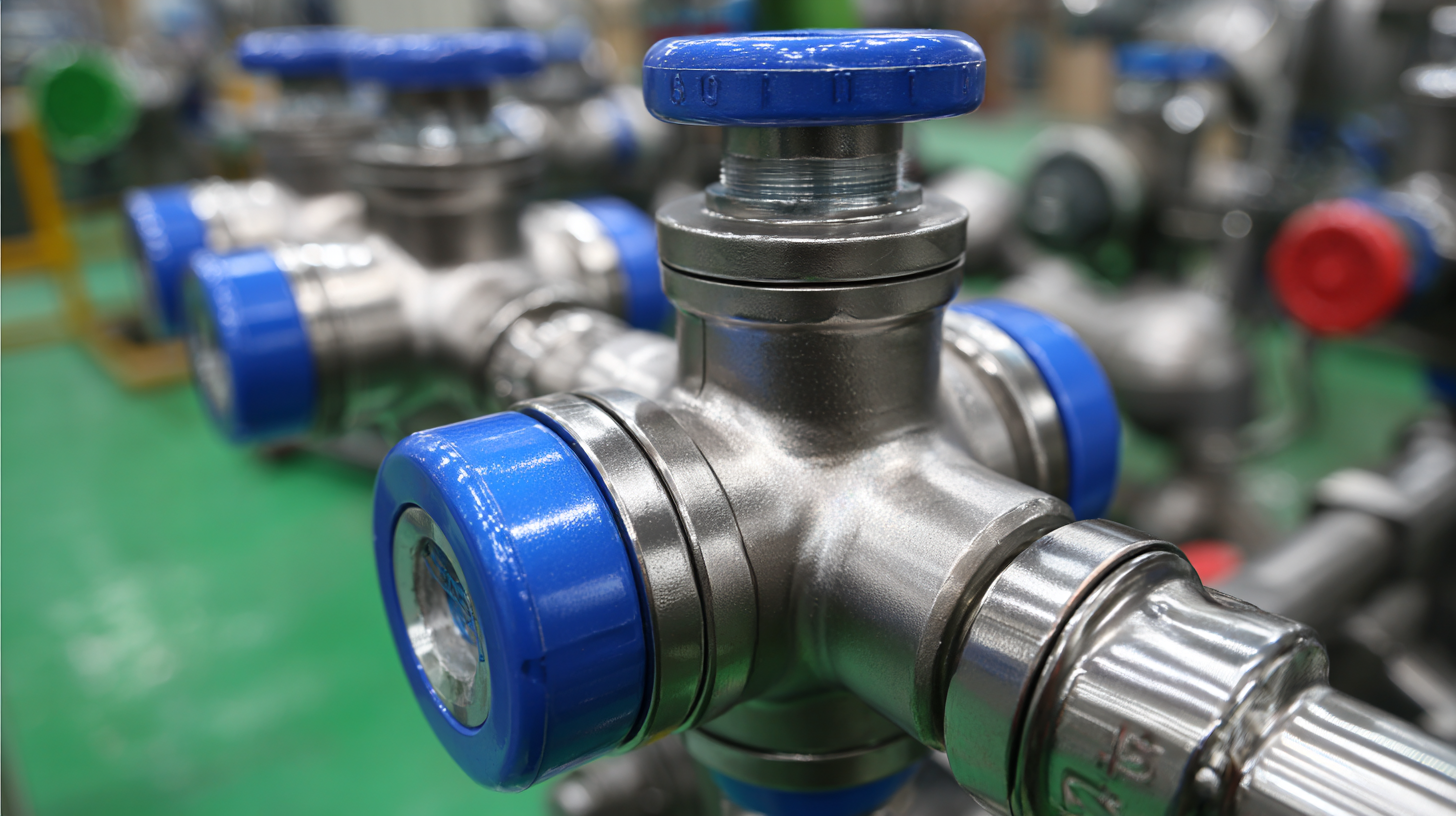China's Leading Factory Delivers Outstanding Best 3 Way Ball Valves to Global Buyers
In an era where manufacturing innovation is paramount, China's leading factory is setting a benchmark in the production of 3 way ball valves, meeting the growing demands of global buyers. As per the latest reports from the Global Valve Market, the ball valve segment is projected to reach a market value of approximately $24 billion by 2025, with a significant portion attributed to the increasing adoption of automated systems in industries such as oil and gas, water treatment, and chemical processing. The 3 way ball valve plays a crucial role in streamlining operations, providing improved flow control and energy efficiency. This blog will delve into the technological trends anticipated to shape the future of 3 way ball valves, emphasizing advancements that enhance performance, reliability, and versatility in various industrial applications.

Key Features to Look for in High-Quality 3 Way Ball Valves
When selecting high-quality 3-way ball valves, several key features come to the forefront. First and foremost, material quality plays a significant role in the valve's performance and longevity. Look for valves made from corrosion-resistant materials such as stainless steel or high-grade brass, which can withstand various operating conditions and ensure a longer service life. Additionally, the valve's sealing mechanism should be evaluated; high-quality valves typically feature robust gaskets or O-rings that provide tight sealing and prevent leaks.

Another essential factor is the valve design. A well-engineered 3-way ball valve should enable smooth operation and reliable flow control. Check for valves that offer multiple connection options, allowing for versatile installation in various piping systems. Furthermore, the valve's ANSI rating is crucial; it indicates the pressure and temperature limits that the valve can safely handle. Ensuring that the valve conforms to international standards is vital for safety and compatibility within your infrastructure. By focusing on these key features, buyers can make informed decisions and invest in 3-way ball valves that deliver exceptional performance and durability.
Essential Materials and Construction Techniques for Durability
In the competitive world of valve manufacturing, the craftsmanship and materials used in producing 3-way ball valves are paramount to ensuring durability and reliability. Leading factories in China, renowned for their excellence, implement stringent quality control measures, utilizing high-grade stainless steel and innovative coatings that resist corrosion, ensuring a long lifespan even in demanding environments. These essential materials not only enhance performance but also contribute to the valves' ability to withstand extreme temperatures and pressure levels.
When choosing a 3-way ball valve, consider these tips:
- Assess the specific conditions: it will be exposed to, such as chemicals or high pressure, to select the appropriate material.
- Inquire about manufacturing techniques: as precision machining and rigorous testing are crucial for optimal functionality.
- Look for user-friendly features: designed for easy maintenance; this will save time and reduce costs in the long run.
With advanced construction techniques like advanced welding processes and precision assembly, Chinese manufacturers ensure that each valve meets international standards. This commitment to quality not only enhances product integrity but also builds trust among global buyers seeking reliable and durable solutions for their piping systems.
Performance Standards and Certification Requirements in Valve Manufacturing
In the world of valve manufacturing, adherence to performance standards and certification requirements is paramount. Leading factories in China understand that compliance with international quality benchmarks ensures not only the reliability of their products but also their acceptance in global markets. This adherence involves rigorous testing for durability, pressure ratings, and leak tightness, which are essential for ensuring safe and efficient operations in various industries.
When sourcing 3 way ball valves, buyers should prioritize manufacturers who comply with recognized standards such as ISO 9001 and API 6D. It’s crucial to inquire about the factory’s quality control processes and certifications. Additionally, understanding the specific application requirements for your industry can help in selecting the right valve configuration and material, guaranteeing optimal performance.
Tip: Always ask for test reports and certifications before making a purchase. This documentation not only verifies the product's compliance with standards but also demonstrates the manufacturer's commitment to quality. Furthermore, engage directly with the manufacturer to understand their production process and quality assurance measures. This engagement can provide deeper insights into the reliability of their valves.
Top Applications and Industries Utilizing 3 Way Ball Valves
The demand for 3 way ball valves is surging across various industries due to their versatility and efficiency in flow control. According to a report by Market Research Future, the global ball valve market is projected to reach USD 12.60 billion by 2025, with a notable contribution from the oil and gas sector, accounting for approximately 40% of the market share. These valves are crucial in applications such as chemical processing, water treatment, and HVAC systems, facilitating smooth switching between different flow paths.
In the chemical processing industry, 3 way ball valves play a pivotal role by managing corrosive substances and ensuring safety protocols are maintained. Their ability to provide quick isolation and optimal flow direction makes them preferable in high-pressure scenarios. Moreover, the water treatment sector increasingly relies on these valves to maintain efficient operation and mitigate risks associated with contaminant flow.
**Tip:** When selecting a 3 way ball valve, consider the valve body material and seal type according to the specific application requirements for optimal performance and longevity. It’s also critical to assess compatibility with the fluids being handled to prevent any adverse reactions.
As industries evolve, 3 way ball valves are set to become even more integral, especially in automation applications where precision controls are essential. **Tip:** Regular maintenance and testing of these valves can significantly enhance their lifespan and ensure operational reliability, ultimately reducing costs and improving process efficiency.
Global Shipping and Supply Chain Considerations for Valve Buyers
The global shipping and supply chain landscape has undergone significant challenges in recent years, impacting the procurement of industrial components like ball valves. These disruptions can be traced back to a combination of factors, including labor shortages, shipping delays, and the lingering effects of the COVID-19 pandemic. According to industry reports, the global valve market is projected to reach $82.68 billion by 2026, growing at a CAGR of 5.1%. As demand surges, buyers must navigate these complexities to secure timely deliveries.
In particular, valve buyers need to consider the intricacies of international shipping, which have been further complicated by recent auto parts shortages. The automotive sector's struggles have had a domino effect, causing cascading delays throughout various supply chains, including industrial manufacturing. Industry analysis indicates that shipping costs have increased up to 30% compared to pre-pandemic levels, pushing buyers to seek reliable suppliers who can ensure prompt delivery. Engaging with manufacturers who prioritize robust logistics and adaptability in their supply chains will be vital for securing high-quality ball valves on a global scale.

